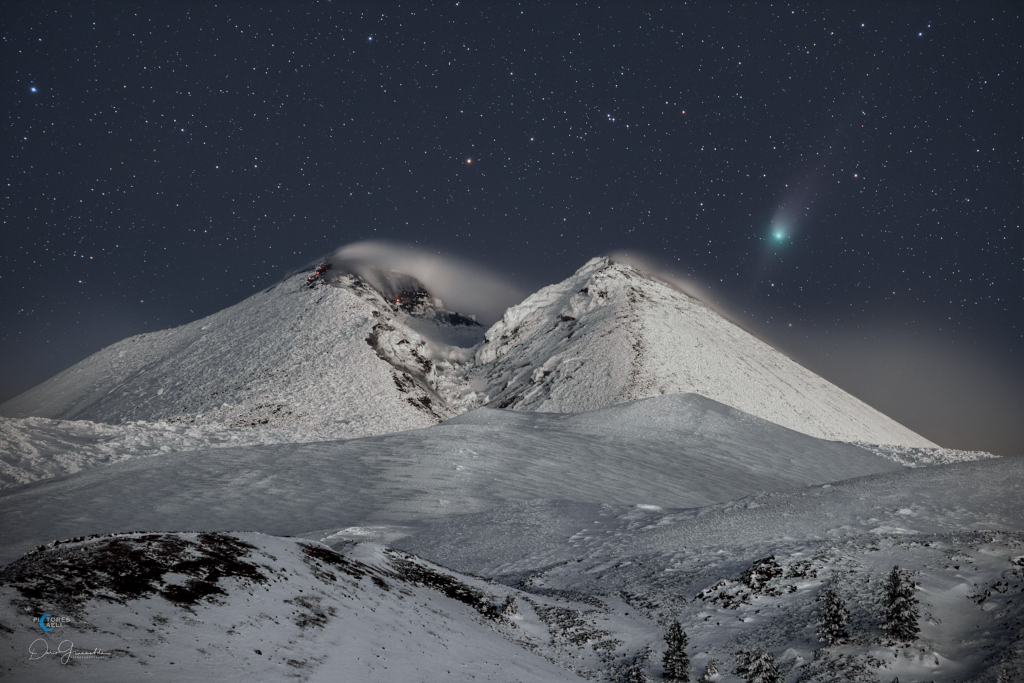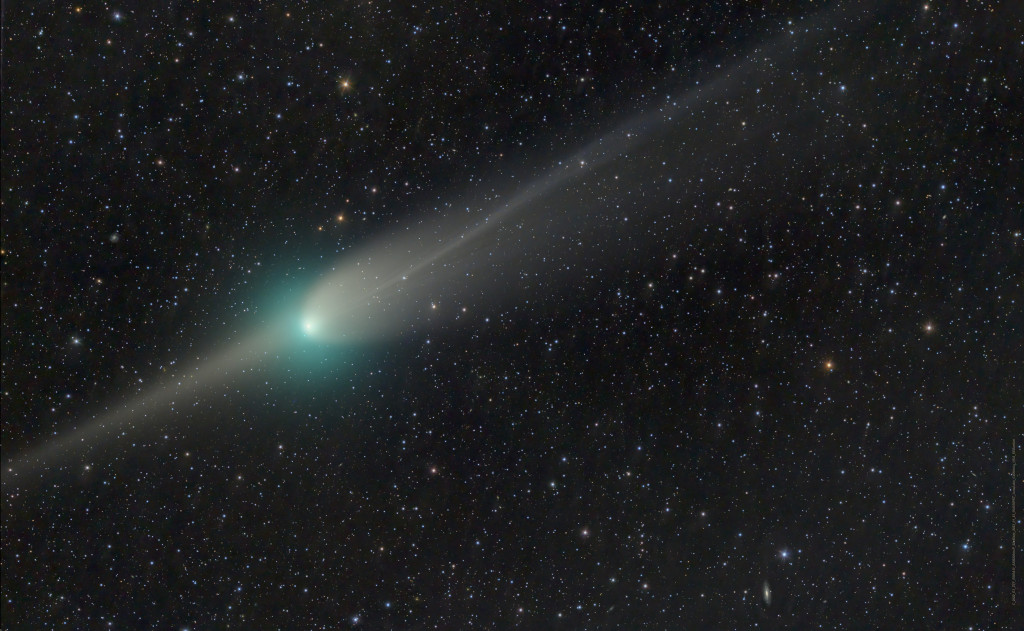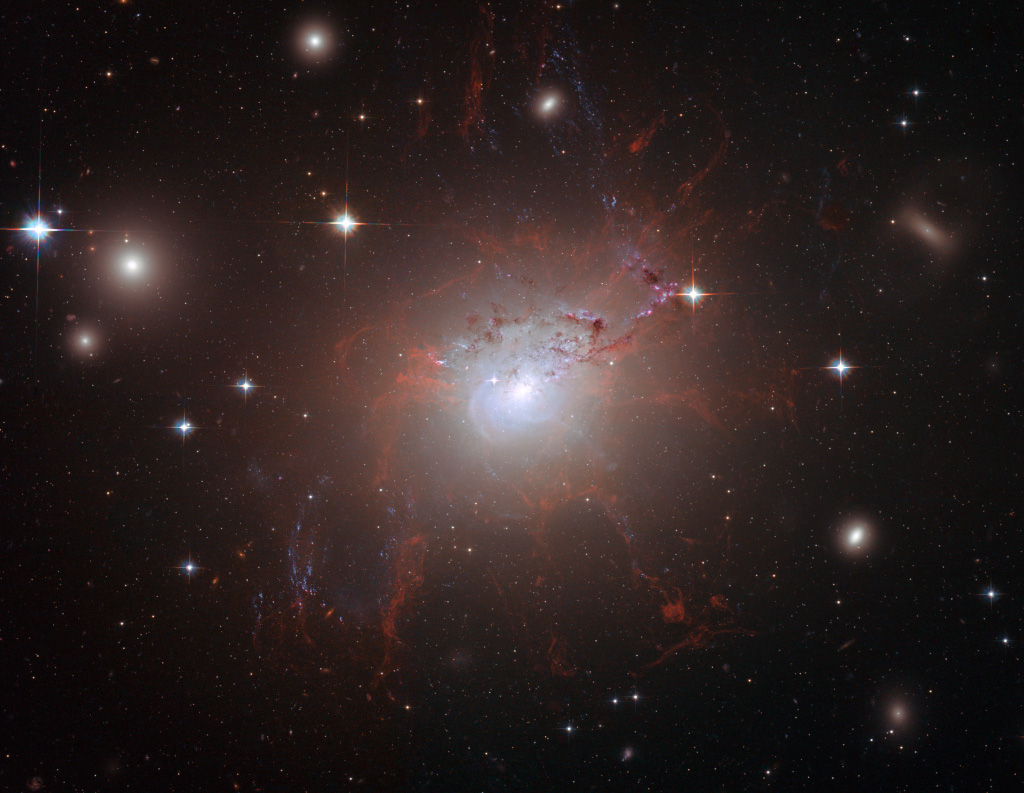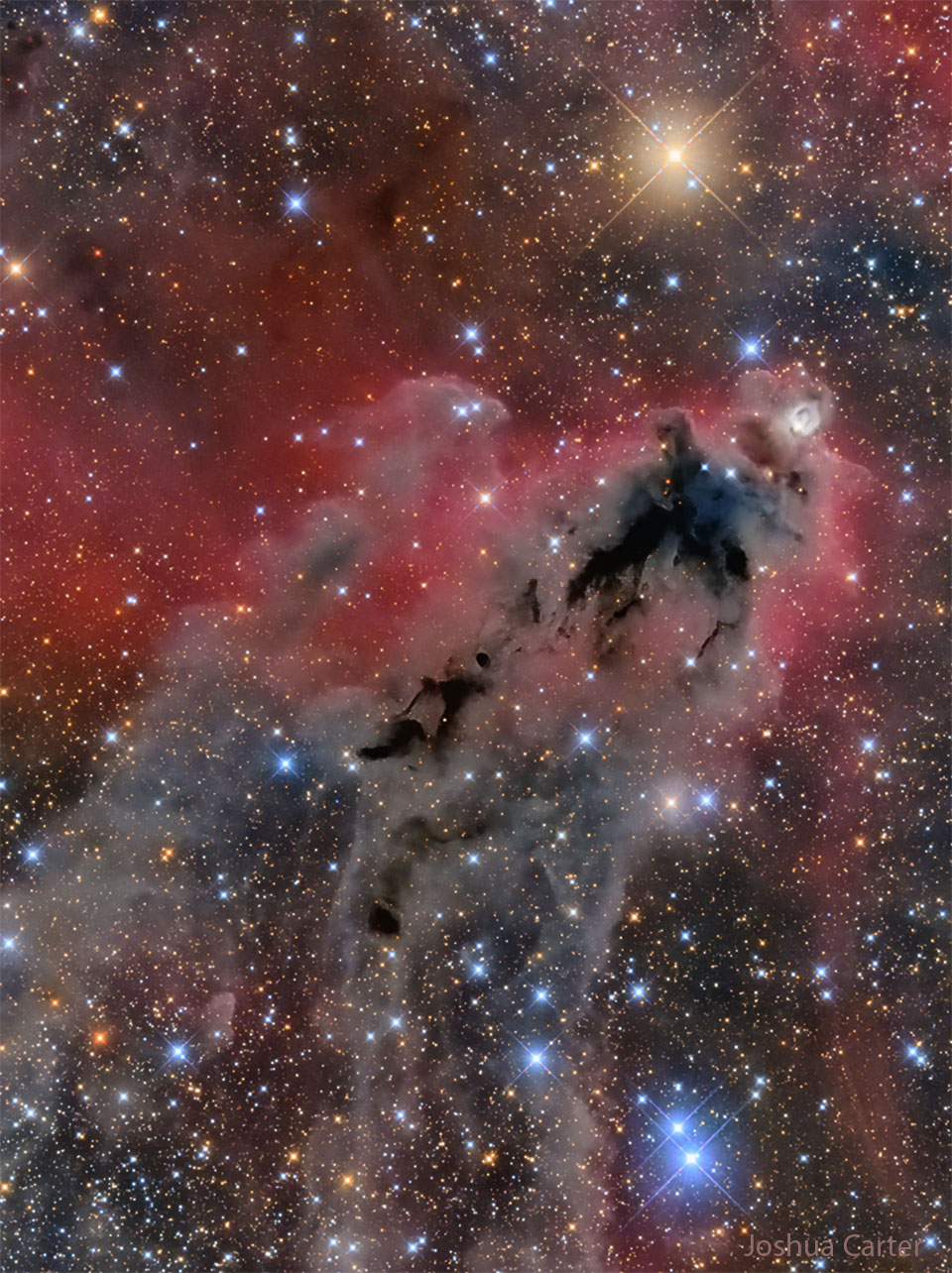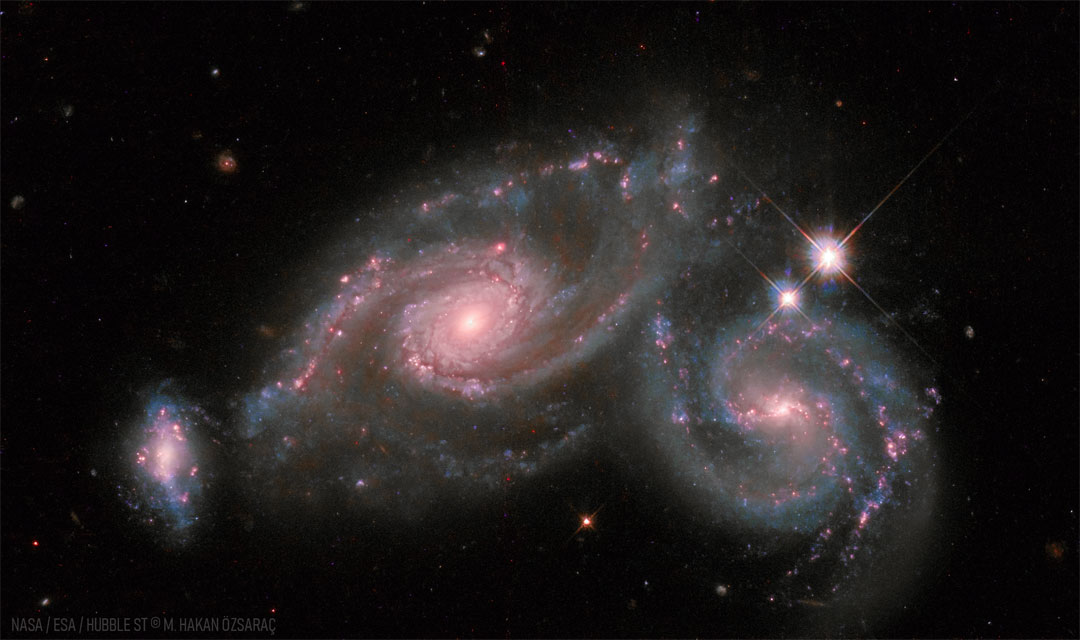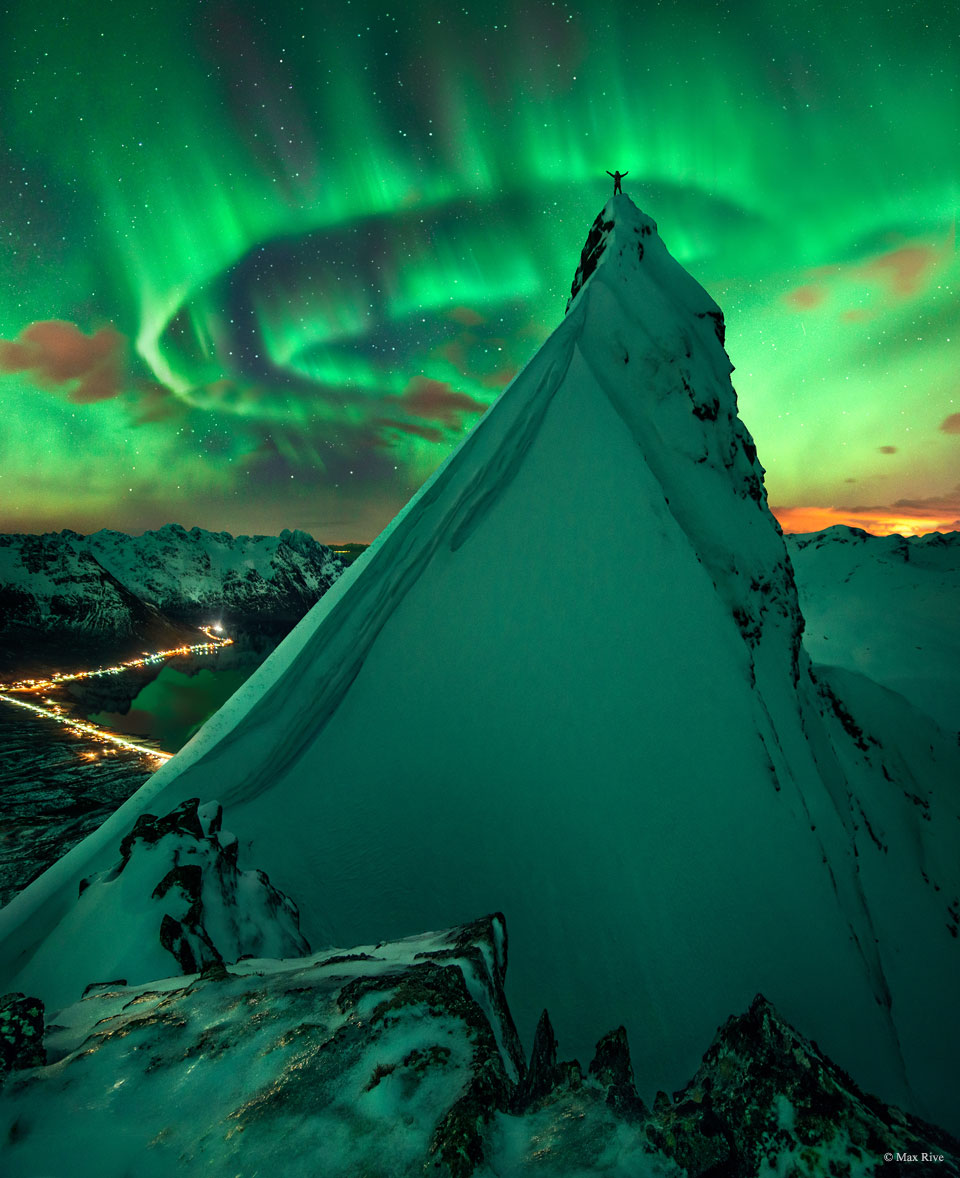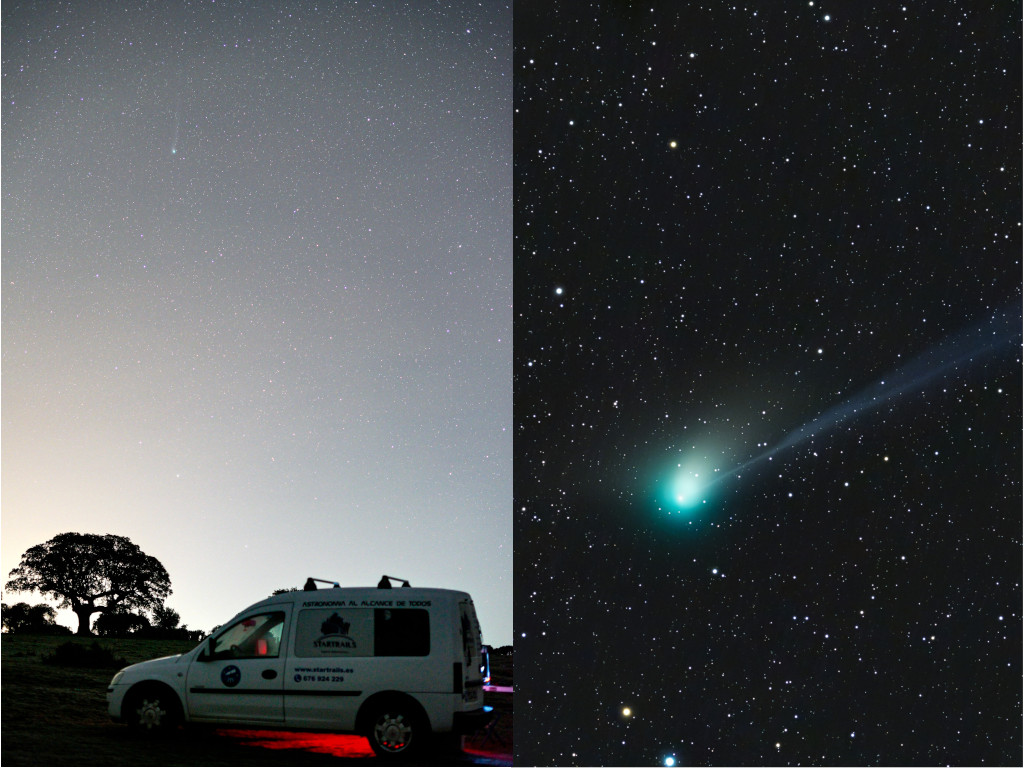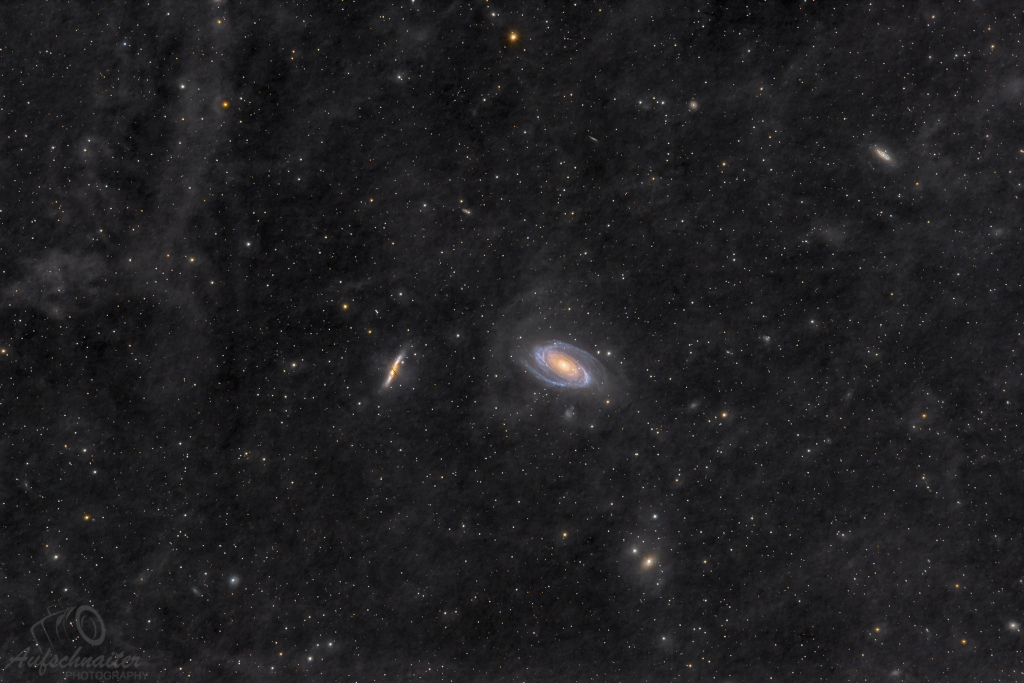안녕하세요, 잡학다식 입니다. 오늘은 과연 나사에서 어떤 방식으로 우주의 형상을 표현해 줄까요?
우선 이미지부터 볼 수 있도록 하겠습니다
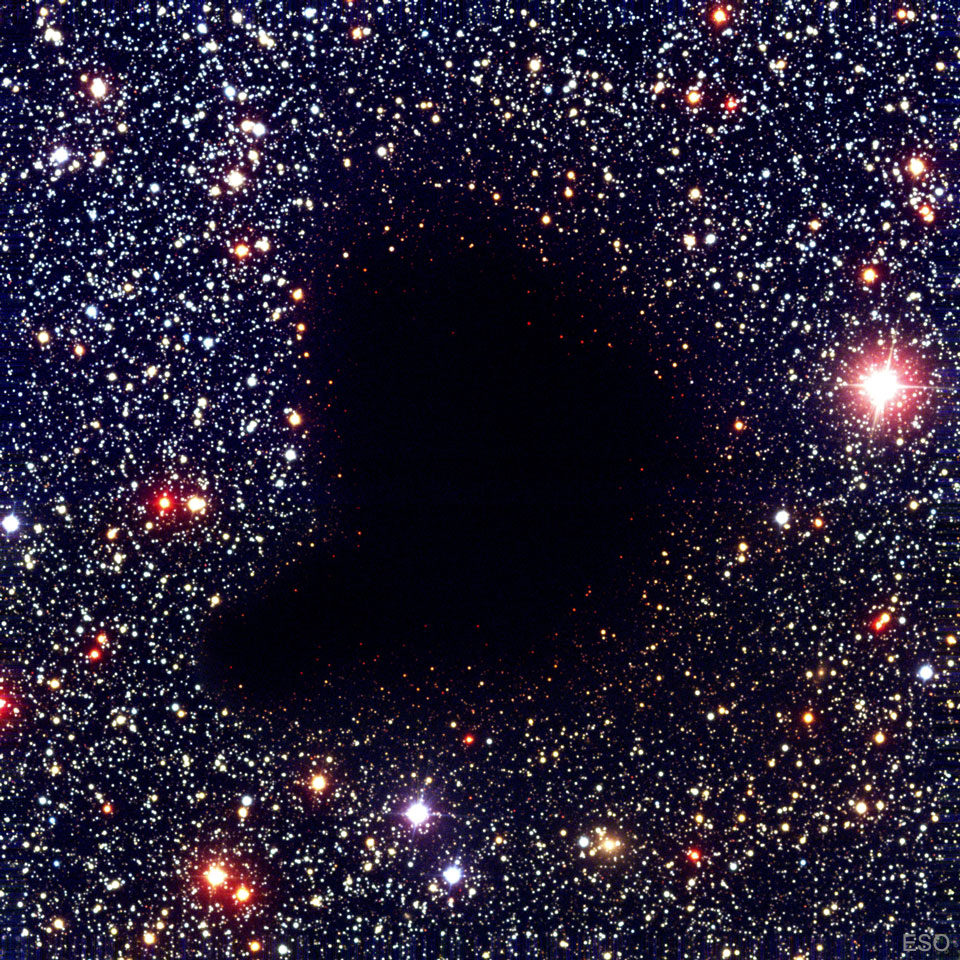
해당 사진의 이름은 Barnard 68: Dark Molecular Cloud 인데요 우선 NASA에서 공식적으로 발표한 설명들을 확인해 보겠습니다
Where did all the stars go? What used to be considered a hole in the sky is now known to astronomers as a dark molecular cloud. Here, a high concentration of dust and molecular gas absorb practically all the visible light emitted from background stars. The eerily dark surroundings help make the interiors of molecular clouds some of the coldest and most isolated places in the universe. One of the most notable of these dark absorption nebulae is a cloud toward the constellation Ophiuchus known as Barnard 68, pictured here. That no stars are visible in the center indicates that Barnard 68 is relatively nearby, with measurements placing it about 500 light-years away and half a light-year across. It is not known exactly how molecular clouds like Barnard 68 form, but it is known that these clouds are themselves likely places for new stars to form. In fact, Barnard 68 itself has been found likely to collapse and form a new star system. It is possible to look right through the cloud in infrared light. Postcards from the Universe 2022: APOD Year in Review
이번에도 광활한 우주 앞에 인간이 얼마나 작은 존재인지 다시 한번 알게 되는것 같습니다
저는 내일도 더 좋은 사진과 함께 돌아오겠습니다, 그럼 행목한 하루 되시길 바랍니다
'과학상식' 카테고리의 다른 글
| NASA 나사의 오늘의 이미지들 (2023-01-31) (0) | 2023.02.01 |
|---|---|
| NASA 나사의 오늘의 이미지들 (2023-01-30) (0) | 2023.01.31 |
| NASA 나사의 오늘의 이미지들 (2023-01-28) (0) | 2023.01.29 |
| NASA 나사의 오늘의 이미지들 (2023-01-27) (0) | 2023.01.28 |
| NASA 나사의 오늘의 이미지들 (2023-01-26) (1) | 2023.01.27 |
